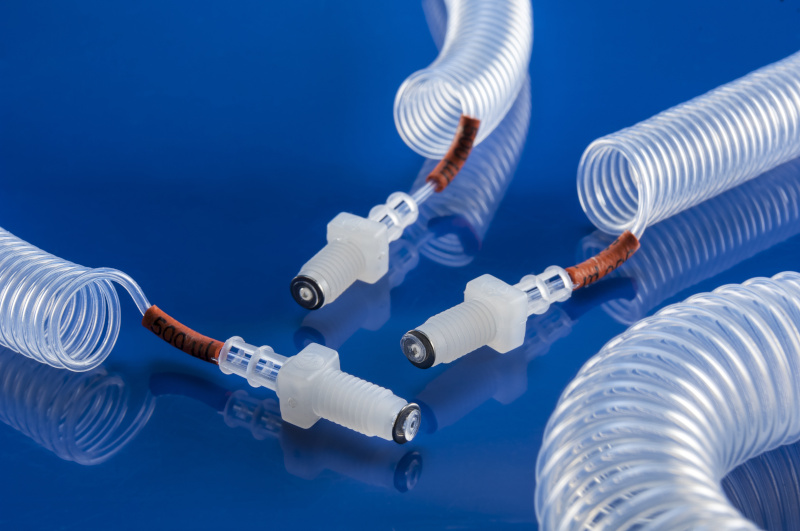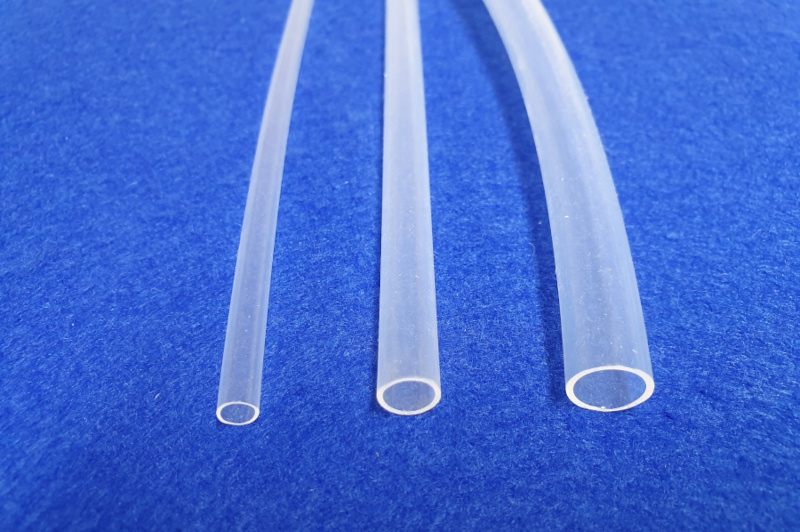PTFE vs ePTFE and the extrusion process

PTFE vs ePTFE
PTFE has long been the go-to material for demanding industrial applications, but its lesser-known relative, ePTFE, is becoming increasingly important across multiple sectors. Let's break down what makes each material unique and how to choose the right one for your application.
Understanding the Basics
At its core, PTFE is a remarkably tough and versatile material. Think of it as the heavyweight champion of plastics - it shrugs off almost any chemical you throw at it and keeps performing in temperatures that would destroy most other materials. ePTFE takes these same impressive properties but adds a twist: through careful processing, we create a microporous structure that opens up entirely new possibilities.
Standard PTFE properties
· Heat resistance up to 260°C
· Exceptional chemical resistance
· Minimal friction
· Strong electrical insulation
· Full FDA compliance
How ePTFE is made
Manufacturing these materials isn't simple - it requires precise control at every step. For PTFE, a specialised extrusion process takes place to create everything from precision tubing to solid components. Creating ePTFE takes this even further, requiring careful heating and stretching to achieve its unique microporous structure.
This specialised processing gives ePTFE additional benefits
· Controlled pore sizes for specific needs
· Better flexibility than standard PTFE
· Strong recovery after compression
· Allows air and vapor through while blocking liquids
Industry Applications
In medical manufacturing, both materials prove their worth daily. PTFE's non-reactive nature makes it perfect for fluid transfer and catheter components, while ePTFE's controlled porosity works exceptionally well in applications where tissue needs to integrate with the material.
Chemical plants rely heavily on PTFE's ability to resist aggressive chemicals, using it to protect equipment and transfer hazardous materials safely. ePTFE steps in where controlled venting is needed, letting gases escape while keeping liquids contained.
Environmental testing shows how versatile these materials can be:
PTFE handles:
· Sample collection systems
· Testing equipment components
· Chemical storage
While ePTFE excels in:
· Gas sampling
· Environmental filtration
· Equipment protection
· Moisture control
Choosing between PTFE and ePTFE
The choice between PTFE and ePTFE comes down to your specific needs. Need something that won't react with chemicals and provides a solid barrier? PTFE is your answer. Looking for controlled breathability or flexibility? ePTFE might be the better choice.
Working with Adtech
With 35+ years in fluoropolymer manufacturing, we've seen and solved countless application challenges. Our team doesn't just supply materials - we work with you to find the right solution for your specific needs. Whether you're developing a new medical device or upgrading industrial equipment, we'll help you select and implement the best fluoropolymer solution.
Need help deciding between PTFE and ePTFE? Get in touch with our technical team. We'll walk you through the options and help you find exactly what you need.
Share this article:
Related News Articles



